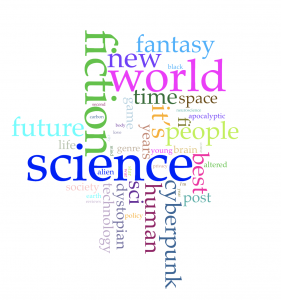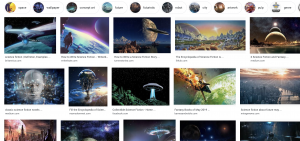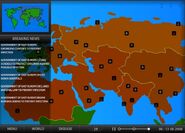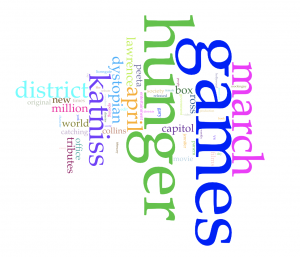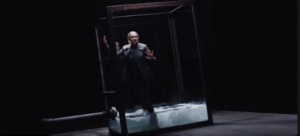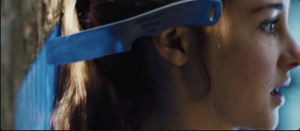I started my exploration with dystopian science fiction. I looked at books and stories that had to do with post-current world societies and people’s opinions on what falls under that. Most of my discoveries led me to different books and movies that the internet felt exemplified science fiction. I searched for indigenous science fiction as well; however, it did not show up as frequently in my visualization. I thought this was interesting given our conversations about the lack of indigenous representation in science fiction. It put the discussion into perspective. I also looked heavily at cyberpunk. There is a videogame called “Cyberpunk 2077,” which I found through my visualization, which is a role-playing game in a dystopian city. This futuristic high-tech, yet dystopian space is the setting for many popular science fictions that I have seen and read. It was interesting to see how cyberpunk plays out from story to story because it is never 100% the same in any one story or movie. Space and earth were not as large as I thought they would be in the visualization even though a lot of science fiction that we have looked at is based in the cosmos. Technology, wetware, neuroscience, and brain are topics that I found super interesting. They appeared a lot in the visualization as the mind, and methods of manipulating it using neurotech, are a popular science fiction trope. I saw great examples on Netflix, such as Black Mirror and Altered Carbon. Lastly, I looked at fantasy vs. science fiction. There are many opinions on what qualifies as fantasy vs. science fiction. A considerable amount of debate revolved around the show The Witcher. The message boards brought up many points and tropes that we have also discussed in comparing and contrasting the two genres.
